
By IAU and Sky & Telescope magazine (Roger Sinnott & Rick Fienberg) [CC-BY-3.0], via Wikimedia Commons
"The Water Bearer"

By IAU and Sky & Telescope magazine (Roger Sinnott & Rick Fienberg) [CC-BY-3.0], via Wikimedia Commons
Abbreviation: Aqr
Genitive: Aquarii
Constellation family: Zodiac
Nearest constellations: Aquila, Capricornus, Cetus,
Delphinus, Equuleus, Pisces, Piscis Austrinus,
and Sculptor
Right ascension: 22.71h
Declination: -10.19°
Visible between latitudes: +65° and -90°
Square degrees: 980
Luminary: Sadalsud (Beta Aquarii)
Named stars: Sadalsud, Sadalmelik, Sadachbia, Skat, Albali
Notable deep sky objects: M2, M72, M73, NGC 7009 (Saturn Nebula), NGC 7293 (Helix Nebula)
Aquarius is a large constellation in the Southern Hemisphere that can be seen during October. Aquarius is located in a section of the sky that is occasionally referred to as the "water" section, due to the other water-related constellations in the area: Cetus, Delphinus, Eridanus, Pisces, and Piscis Austrinus.
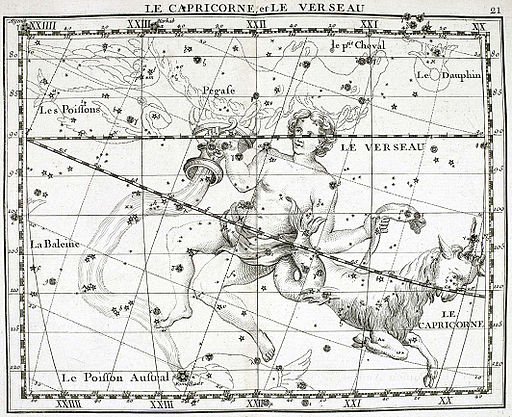
By John Flamsteed [Public domain], via Wikimedia Commons
Aquarius is the radiant point of the Eta Aquarids meteor shower. It typically begins around April 16 and ends around May 28, peaking from May 6-7. The Eta Aquarids are named after the star Eta Aquarii and are created by the passage of Halley's Comet.
In astrology, Aquarius is the eleventh sign of the Zodiac.
In Greek mythology, Aquarius represents Ganymede, the cup bearer of the gods. Zeus saw Ganymede tending to a flock of sheep and decided he wanted the boy serving him on Mount Olympus, so he sent an eagle down to Earth to kidnap Ganymede and bring him to Olympus.
NGC 7009 (Saturn Nebula), a planetary nebula:
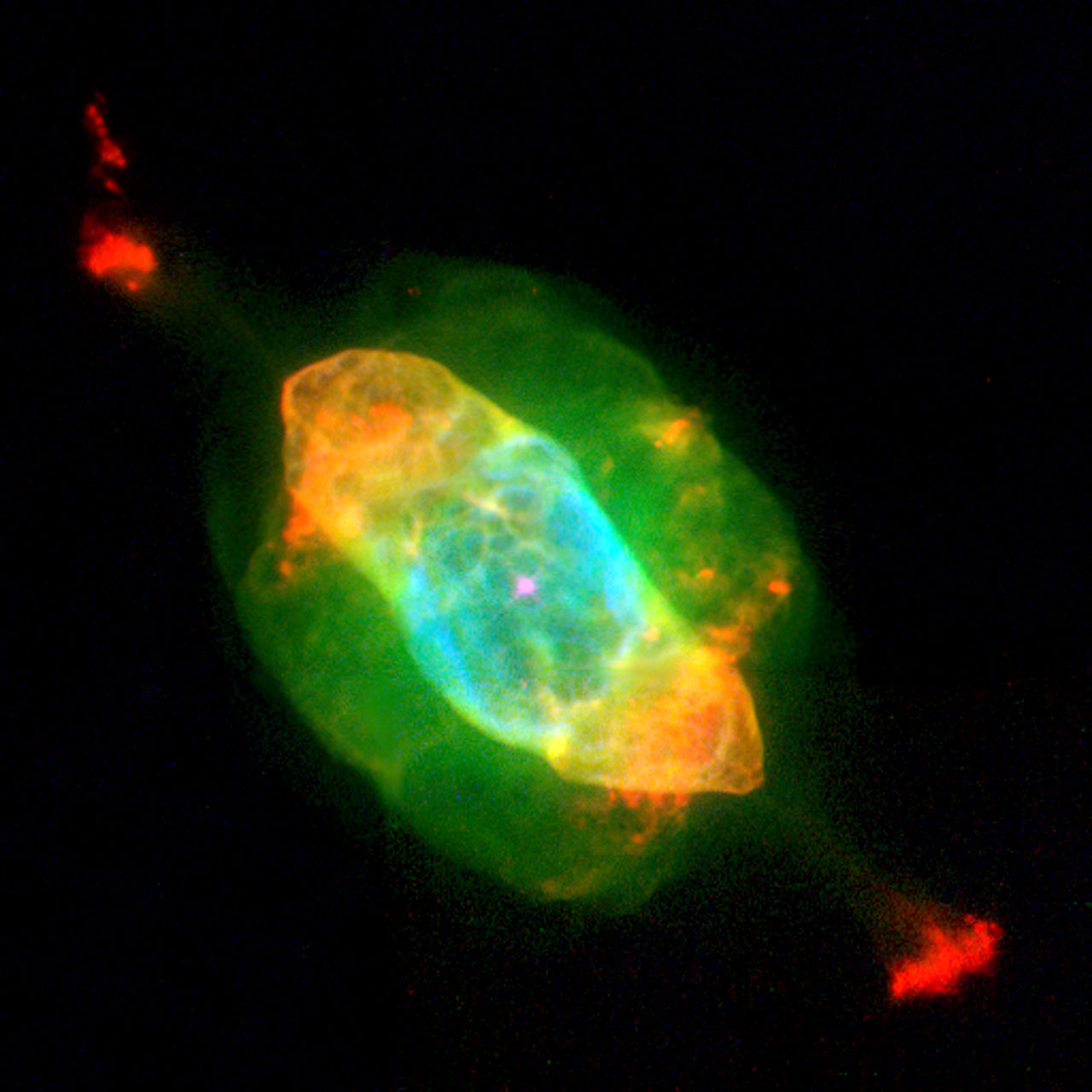
By Bruce Balick (University of Washington), Jason Alexander (University of Washington), Arsen Hajian (U.S. Naval Observatory), Yervant Terzian (Cornell University), Mario Perinotto (University of Florence, Italy), Patrizio Patriarchi (Arcetri Observatory, Italy), NASA/ESA [CC-BY-3.0] via ESA/Hubble
M72 (globular cluster):
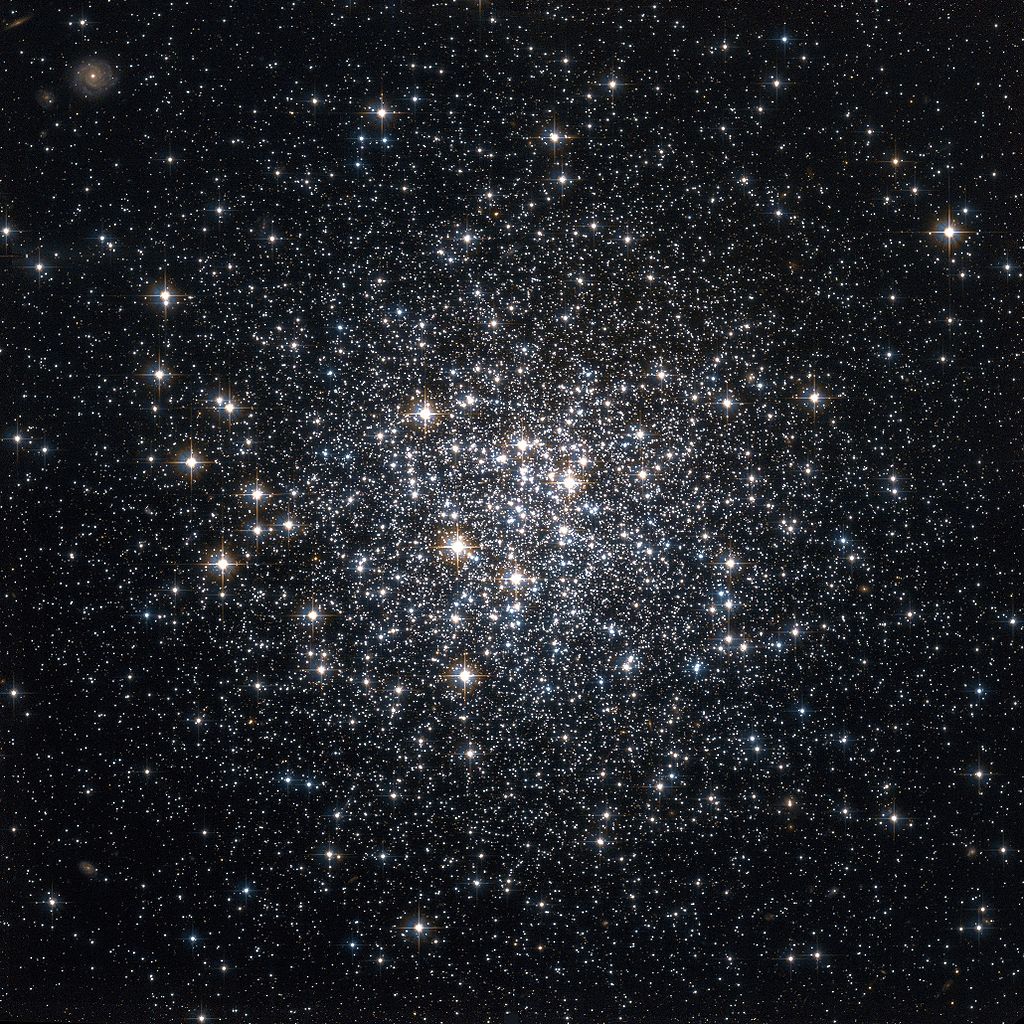
By NASA, STScI, WikiSky (via WikiSky's snapshot tool) [Public domain], via Wikimedia Commons
NGC 7252 (Atoms-for-Peace Galaxy), a pair of galaxies interacting and merging:
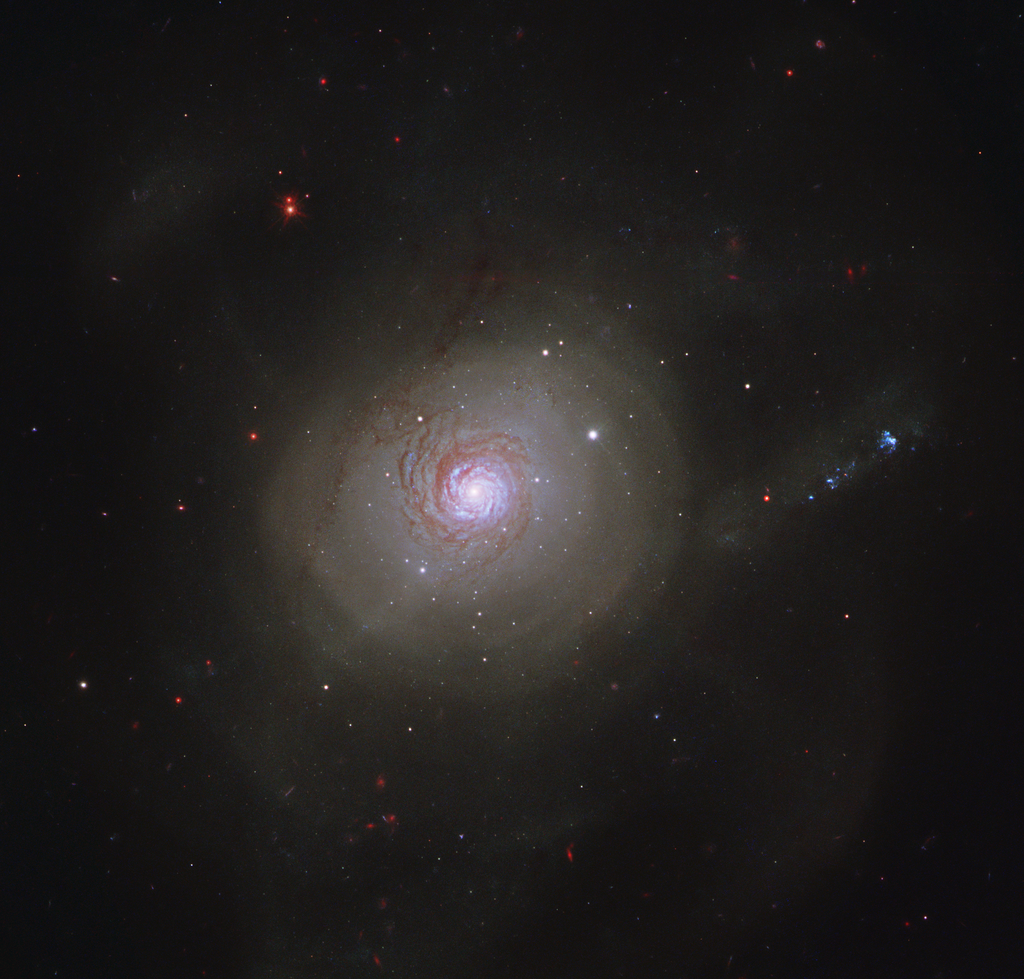
By Judy Schmidt [CC-BY-2.0], via Wikimedia Commons
NGC 7293 (Helix Nebula):
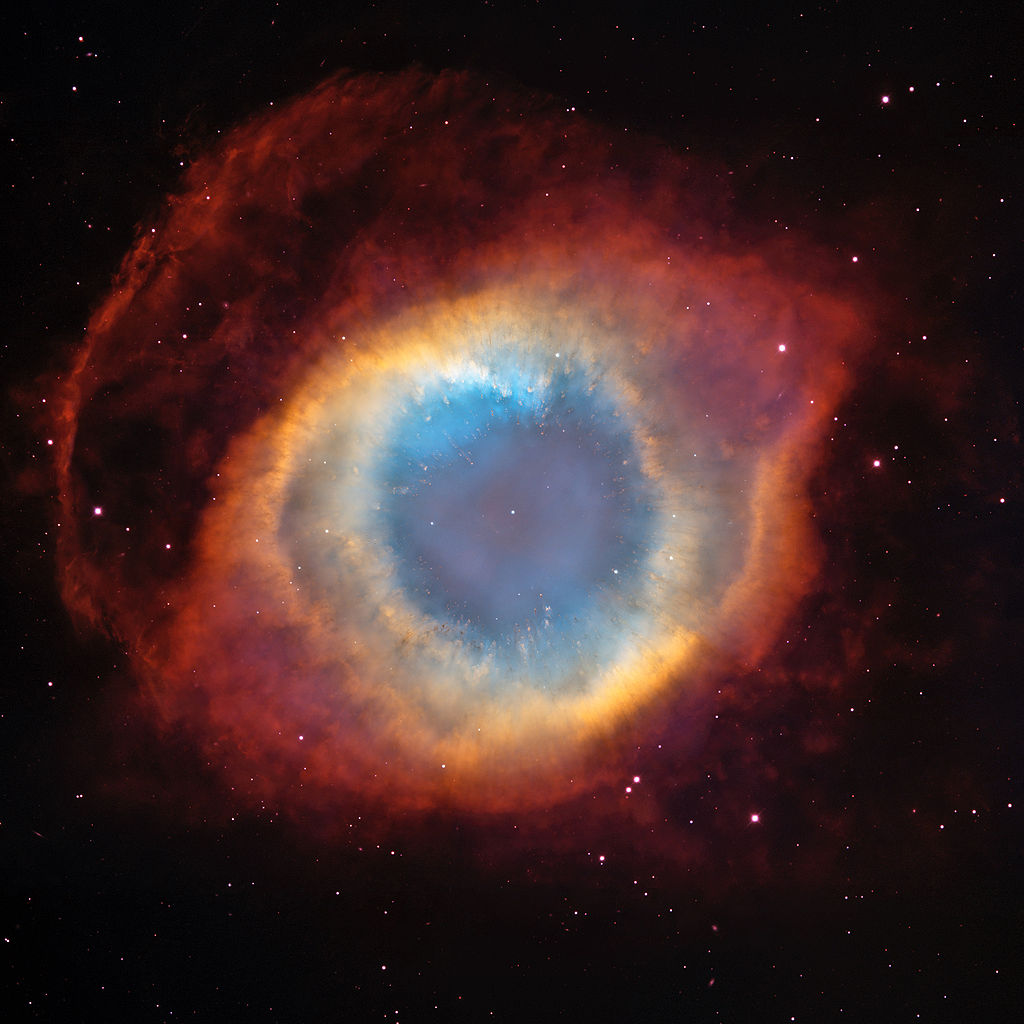
By NASA, ESA, and C.R. O'Dell (Vanderbilt University), [Public domain], via Wikimedia Commons